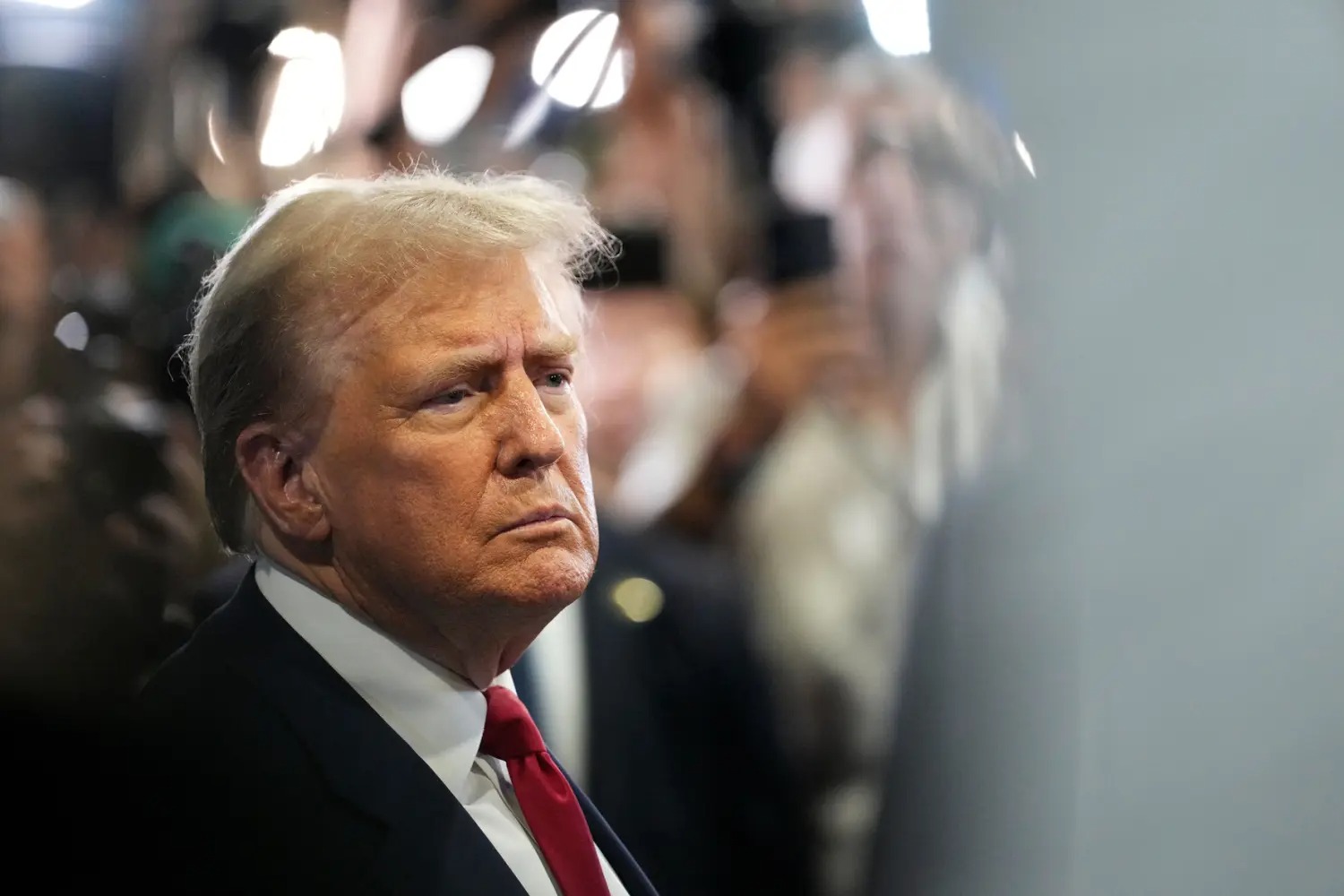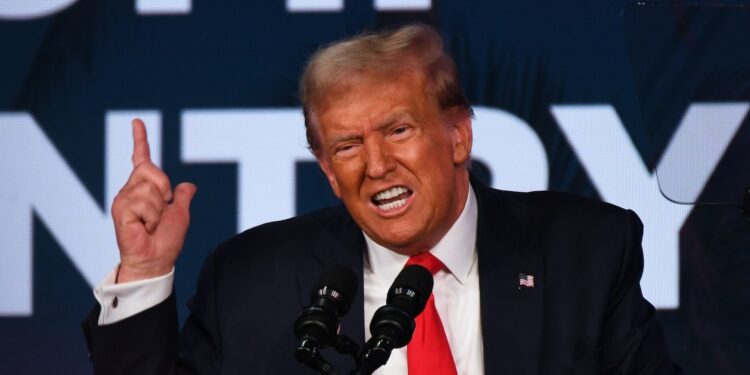On Saturday, Donald Trump took the unusual step of authorizing the deployment of 2,000 National Guard troops to California. His decision bypassed Governor Gavin Newsom and applied direct federal authority to respond to protests against immigration enforcement across the state.
Governor Newsom, who belongs to the Democratic Party, wasted no time in condemning the decision. He described the president’s move as designed to provoke and warned that it would only heighten tensions. He also stressed that this type of action undermines public confidence in government decisions.

Although state governors are usually responsible for the deployment of National Guard units within their territories, President Trump referred to “10 U.S.C. 12406” to justify his directive.
Federal Order Overrides Traditional Authority
This part of the United States Code gives the president legal grounds to call up National Guard troops if there is a threat or actual rebellion that challenges the authority of the federal government.
The law also grants the president the authority to decide how many National Guard members to activate in response to unrest, to block any form of invasion, or to enforce federal law where necessary.
In Trump’s written order, he argued that protests or violent acts that prevent federal laws from being carried out can be viewed as a type of rebellion against government authority.
Local Officials Did Not Ask for Military Help
Although there were some disruptions during the protests, law enforcement leaders in Los Angeles County did not indicate that they needed federal help during the day’s events.
People gathered across California on Friday and Saturday to express their anger at federal workplace immigration raids. The latest demonstration was taking place at a Home Depot store in Paramount, which lies around 20 miles from central Los Angeles.
Tension Between Federal Action and State Readiness
For several months, Democratic officials in California have expected that Trump might decide to send federal troops into their cities, especially without the backing of state authorities.
Behind closed doors, many acknowledged the weight of such a decision, especially since it could affect the distribution of power between state and federal governments.
Trump had raised similar ideas during his earlier time in office, particularly when protests broke out across the United States after George Floyd was murdered by police in Minneapolis.
Though he didn’t act on those thoughts at the time, he continued to speak in favor of using federal troops, especially to increase control at the border or address domestic unrest.
Back in 2020, just before leaving office, Trump authorized military helicopters to disperse peaceful protestors near the White House who were speaking out against police misconduct.






















